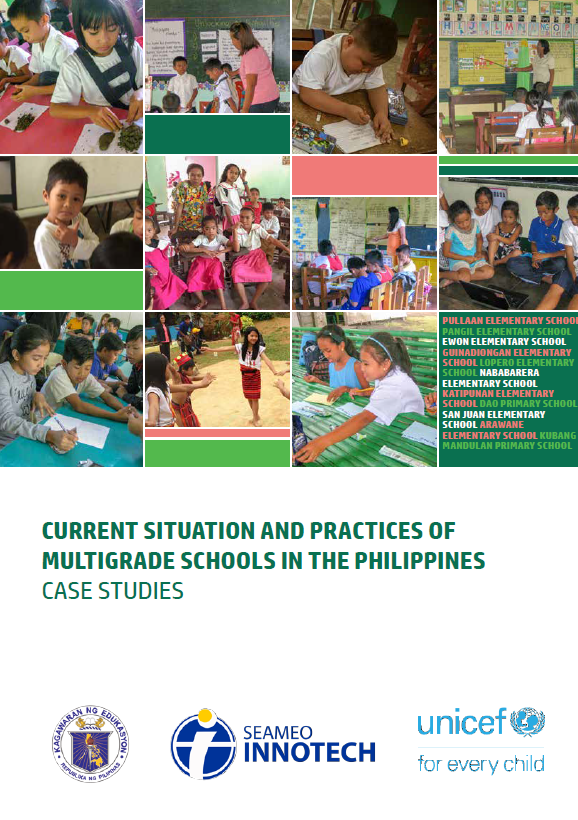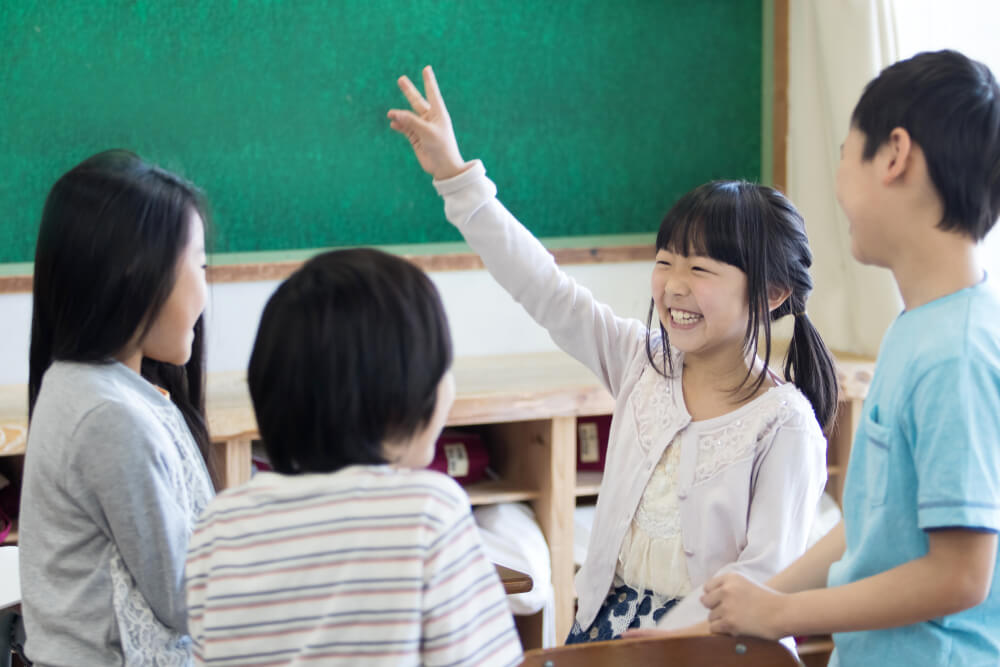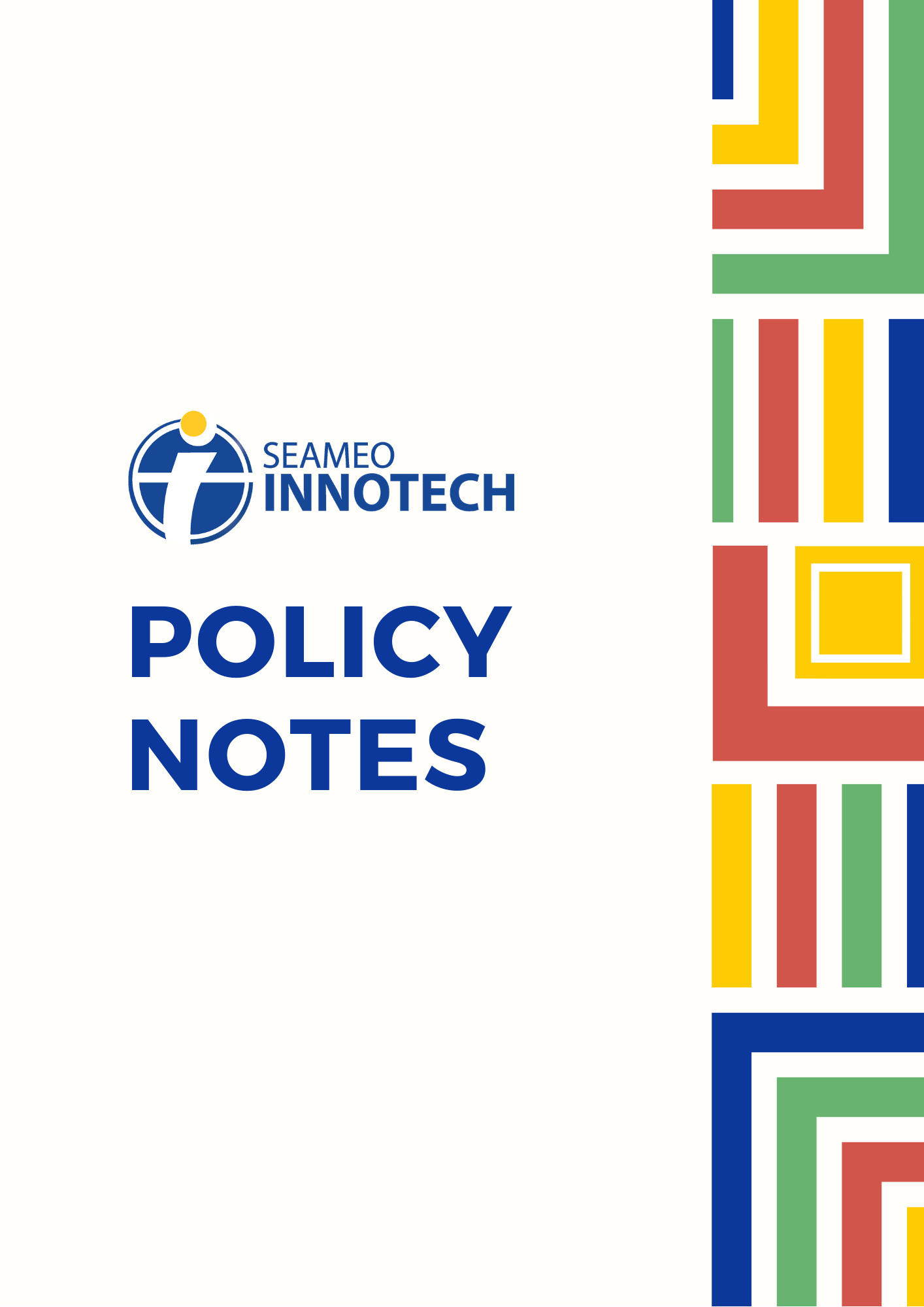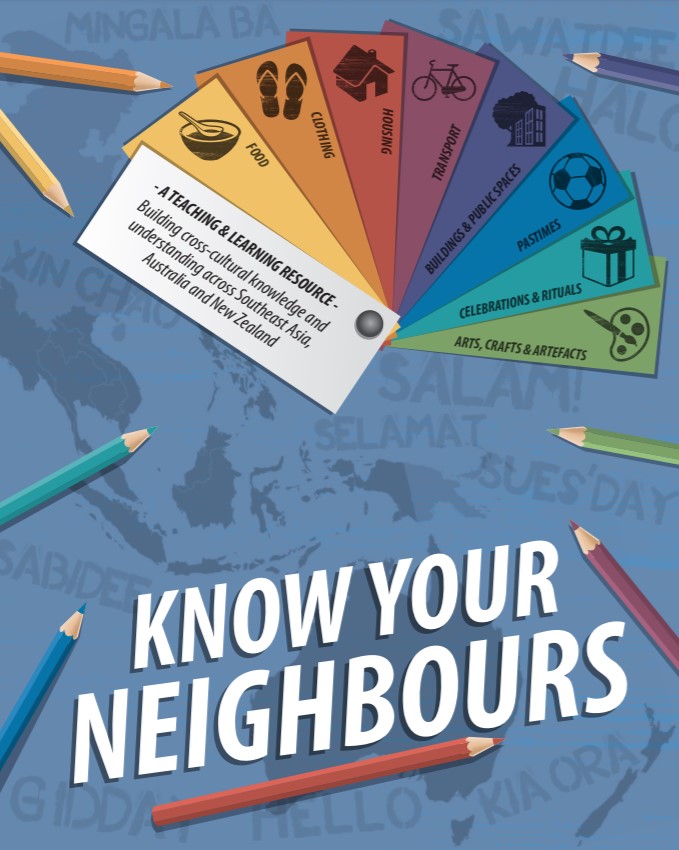
As an archipelago consisting of more than 7,000 islands, the delivery of government services, such as education, remains challenging and sparse. In remote locations, classrooms practice multigrade teaching—where one teacher instructs students from different grade levels—to address issues of accessibility and teacher availability.
With a call to enhancing the state of Philippine education, we evaluate the effectiveness of multigrade teaching and try to understand the problems encountered by multigrade teachers in the Philippines.
SEAMEO INNOTECH’s study on multigrade teaching in the Philippines PDF acknowledges that the practice is an innovative solution to a challenge unique to the various regions in the country. However, new approaches to education and technology may point to novel ways in enhancing access to education throughout the nation.
Multigrade Education in the Philippines: Challenges and Questions
Since 1993, the Philippine Department of Education (DepEd) has considered multigrade education as a practical solution to bring education to school-age children located in geographically isolated, disadvantaged, conflict-affected and sparsely populated communities.
That being said, the Philippine Multigrade program provides opportunities for community schools with low enrolments and limited number of teachers in remote areas the ability to offer a complete cycle of elementary education.
Although it was imperfect, multigrade education has served as a sufficient solution to the issue of accessibility to education in parts of the Philippines. However, as the country developed, the multigrade teaching situation failed to improve significantly, leaving generations of Filipinos in need of quality education.
The issues and problems about multigrade classes in the Philippines encompass both teachers and students. Teachers are faced with a complex classroom requiring teaching and management styles outside of the traditional paradigm. Meanwhile, the challenges faced by multigrade teachers impact the students’ education.
With decades of practice and support from their communities, educators have developed strategies that fit their multigrade teaching situation, allowing them to maximize the time and budget allotted for each classroom.
The creativity and resourcefulness of multigrade teachers have proved to be a strength in maintaining the sustainability of multigrade education. However, this prompts the question: are their efforts sufficient to be at par with national and global standards. Furthermore, to what extent should the national government standardize multigrade teaching practices and what types of support should be prioritized to help multigrade schools achieve global competitiveness.
The situation of multigrade education in the Philippines is, indeed, diverse and complex. We attempt to paint a clear picture of the current situation through 11 case studies.
Multigrade Education Situation: Case Studies
The efforts to improve the quality of education in the Philippines calls for an evaluation of the state of multigrade education.
This volume of eleven (11) case studies is part of a suite of knowledge products emerging from the Technical Support to Multigrade Program in Philippine Education (TS-MPPE), a tripartite project between the Philippine Department of Education (DepEd), United Nations Children’s Fund (UNICEF), and the Southeast Asian Ministers of Education Organization Regional Center for Educational Innovation and Technology (SEAMEO INNOTECH) from 2017 to 2019.
The case studies illustrate the predominant problems encountered by multigrade teachers in the Philippines. They show the limitations of the Philippine education system uniquely experienced by communities in remote locations.
The case studies also highlight the strengths of the multigrade program, particularly the teachers, administrators, and the community. The combined efforts of educators and community members have prompted improvements in the multigrade program, but the fact remains that there is greater room for improvement.
Learn More About the Multigrade Education Situation
Countless communities have relied on multigrade teaching to educate their young, but it is not without its challenges. INNOTECH’s Current Situation and Practices of Multigrade Schools in the Philippines: Case Studies dives into the realities of education in remote areas of the nation.
Related Resources
Lead Your School to Success
Invest in your growth as an educator to bring better changes to your school. Learn and discuss with other educators dedicated to raising the standards of education in the country at SEAMEO INNOTECH’s School Leadership Training.










